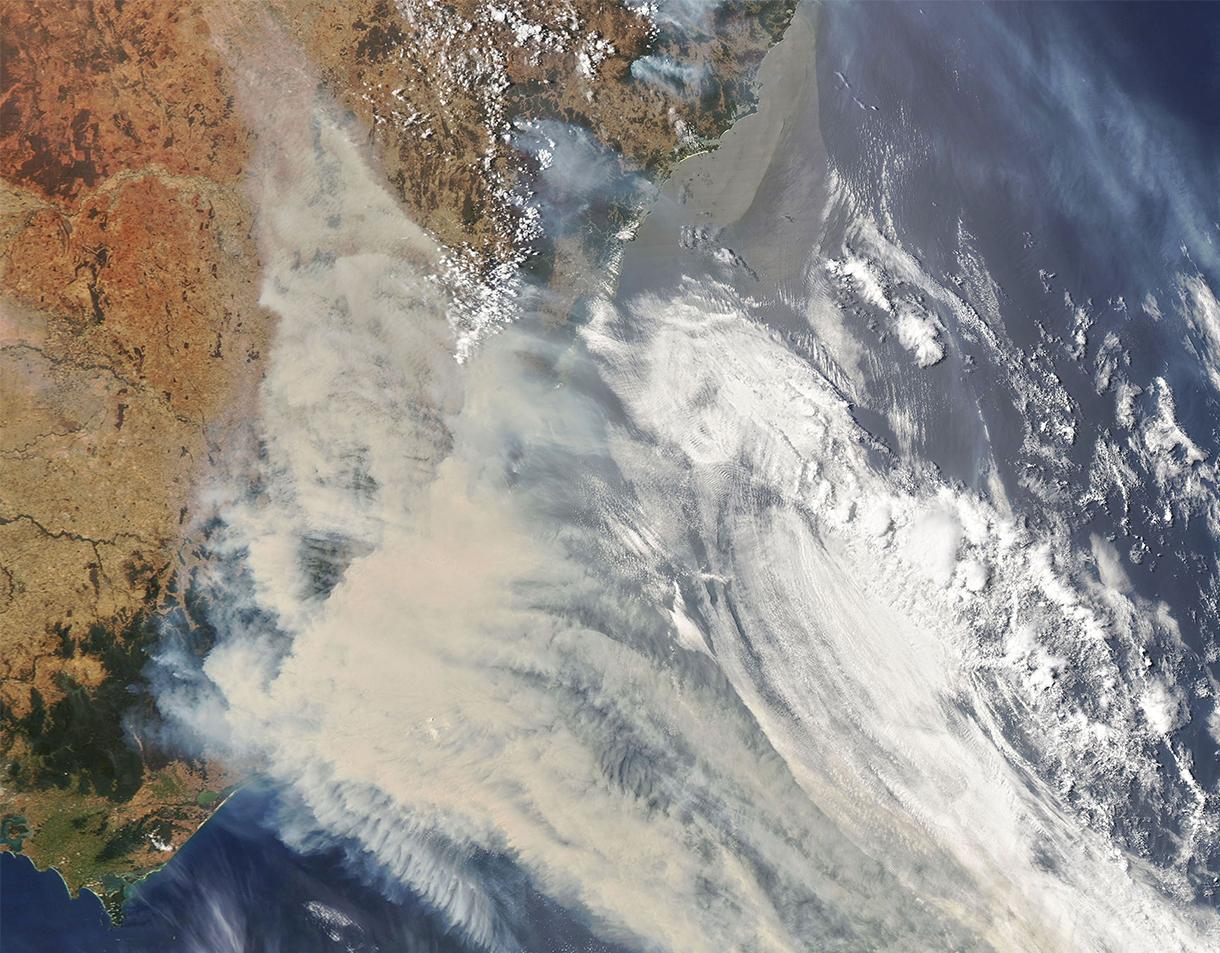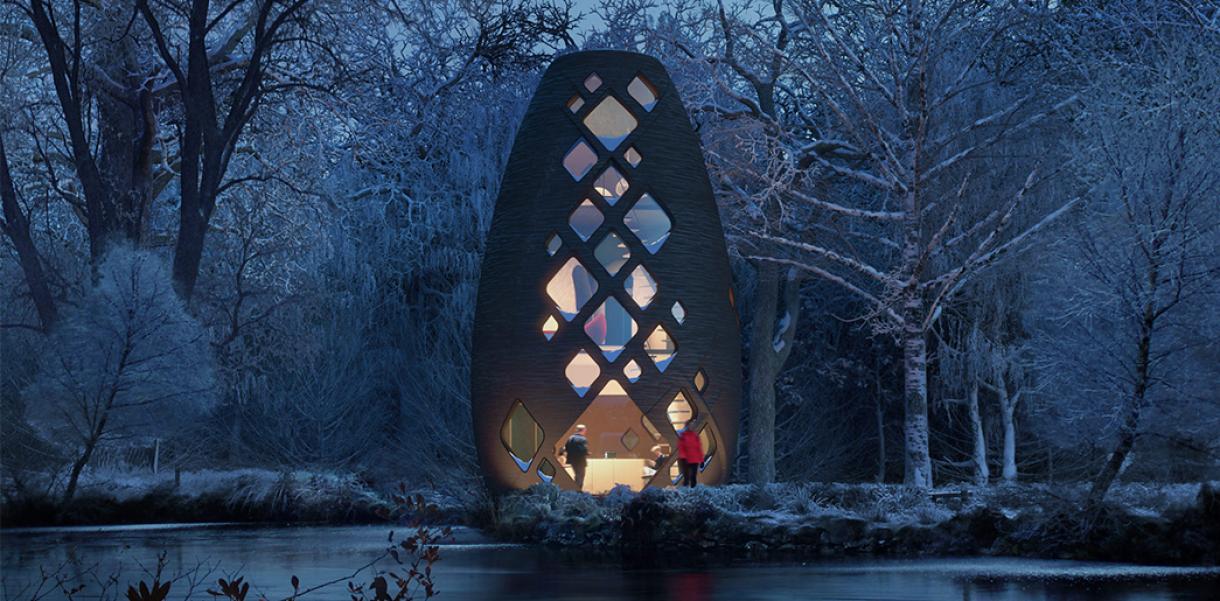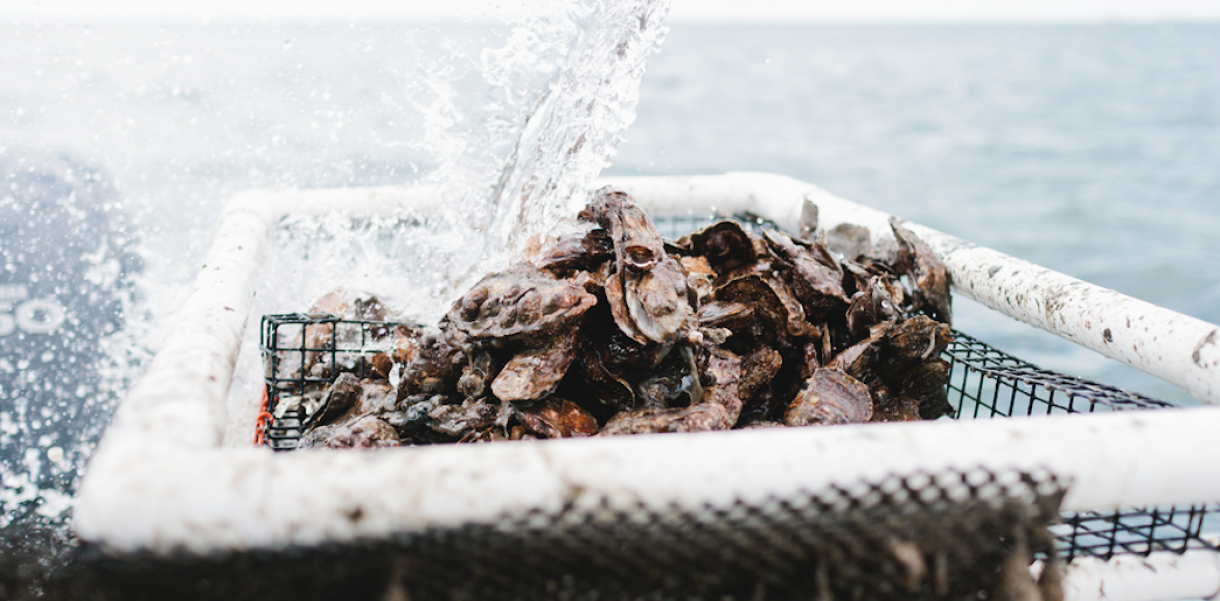As the climate warms and dry spells increase, forest fires are scorching our Earth. This season alone, an estimated 25.5 million acres of Australian land has burnt. A devastating crisis that fearfully seems to be on the rise globally. While world leaders squabble and struggle with solutions, can innovation from the people provide much-needed relief?
Here are six ideas working to save lives and our precious ecosystems.
Birdhouse Alarm – helping two birds with one home
Forest fires often spark unnoticed and spread more rapidly than fire departments can reach and contain them. The Birdhouse Alarm aims to monitor these remote locations without disrupting the surrounding nature. The houses, made from recycled wood, offer shelter to our feathered friends while doubling as a fire alarm. If smoke is detected, the electronics inside the birdhouse immediately send a signal, complete with GPS coordinates, to the nearest fire station. The prototypes, which were designed by Ogilvy & Mather, are currently being tested in wildfire-prone areas in Spain.
Lumkani – where there's heat, there's fire
In informal urban settlements, a single blaze can displace thousands, and even kill, in a matter of minutes. South African Lumkani is a fire alert system specifically designed for these vulnerable communities. The low-cost design detects heat instead of smoke to provide early warnings to fire stations, giving them much more time to act. The system also alerts the surrounding community, within a 60-meter radius, enabling them to also take action before professional help arrives. Since August 2019, more than 40,000 at-risk homes in South Africa have installed Lumkani.
One Concern – predict and prepare with data and AI
Preparation is crucial to survival when it comes to natural disasters. While we can't predict the future, hyper-local data and technology can offer the next best thing. The One Concern platform uses social and economic data combined with AI to uncover a city or town's weaknesses. This enables policy-makers to thoroughly prepare before disaster strikes to protect entire cities, vulnerable populations, or "geofence" different segments of society who may be at higher risk. The platform also enables users to make more informed, quicker decisions as events are happening.
"One Concern gets smarter through 'collective intelligence' where human knowledge and expertise is incorporated into the overall platform, enabling AI-driven recommendations to be delivered in real-time," explains the team. "As a result, outcomes on the ground can be changed where lives and livelihoods are protected."
what3words – life-saving location services
what3words provides hyper-accurate addresses for any location in the world by using a global grid and assigning each 3m square with a unique three-word address. But, the service isn't just making Uber rides and package delivery a breeze, it's saving lives. In an emergency, callers often have difficulty describing location accurately ― a severe hindrance when every second counts. Today, what3words aids all kinds of emergency response services, from locating lost civilians to disaster relief missions. The platform is currently used by the United Nations (UN), the Red Cross, law enforcement, ambulances, fire departments and more.
Smart Citizen - local contributions for global solutions
When it comes to slowing and managing the effects of climate change, we need all the knowledge we can get. Data, in particular, is critical to informing policy-making at all levels. The Smart Citizen Kit is an open-source platform comprising of three technological layers: a hardware device, a website and online API, and a mobile app. These three tools enable users to monitor the environment and easily share their findings. Ultimately, the kit aims to help communities understand their local environment, make beneficial changes and urge governments to do the same.
"I believe that climate is changing for the worse, but our approach is more personal," COO Francisco Zabala told TechCrunch. "By raising awareness, we're working toward a solution without banging on people's heads."
Seedballs - an ancient reforesting technique revived
After the blaze burns out, it's time for recovery. While some forests may regenerate, others might need help. Seedballs are a simple yet ingenious solution that makes reforesting easier and more effective. They're local seeds covered with a layer of powdered charcoal and organic binders, which protect the seed and increase chances of survival. As the rain slowly crumbles the 'shell', the charcoal becomes a nutritious substrate and act as fertiliser during seed germination. The balls are inexpensive to produce and require minimal physical effort to distribute. To date, more than six million balls have been distributed to help re-green Kenya.
Remember, while innovation is essential, it shouldn't replace effective policy. We still need to petition, protest and vote to make sure the people representing us take climate change seriously and do all they can to prevent and reduce the impact of environmental disasters. If you'd like to support the victims and relief efforts of the Australian bushfires, there are plenty of ways to donate or help directly.
-
Images: NASA Earth Observatory, what3words, Generali and Joanne Francis




